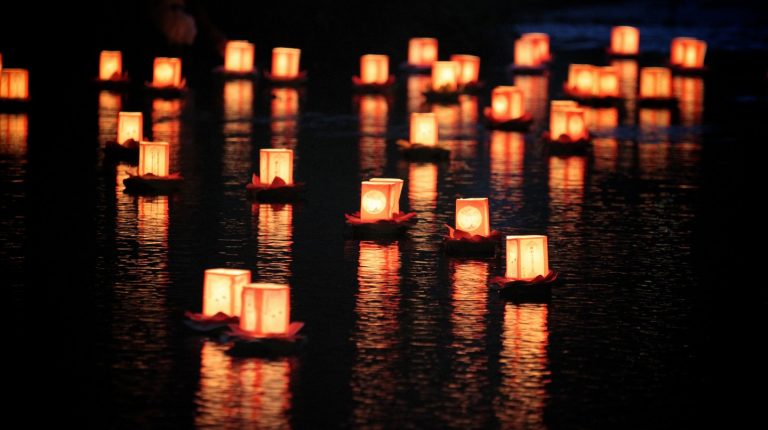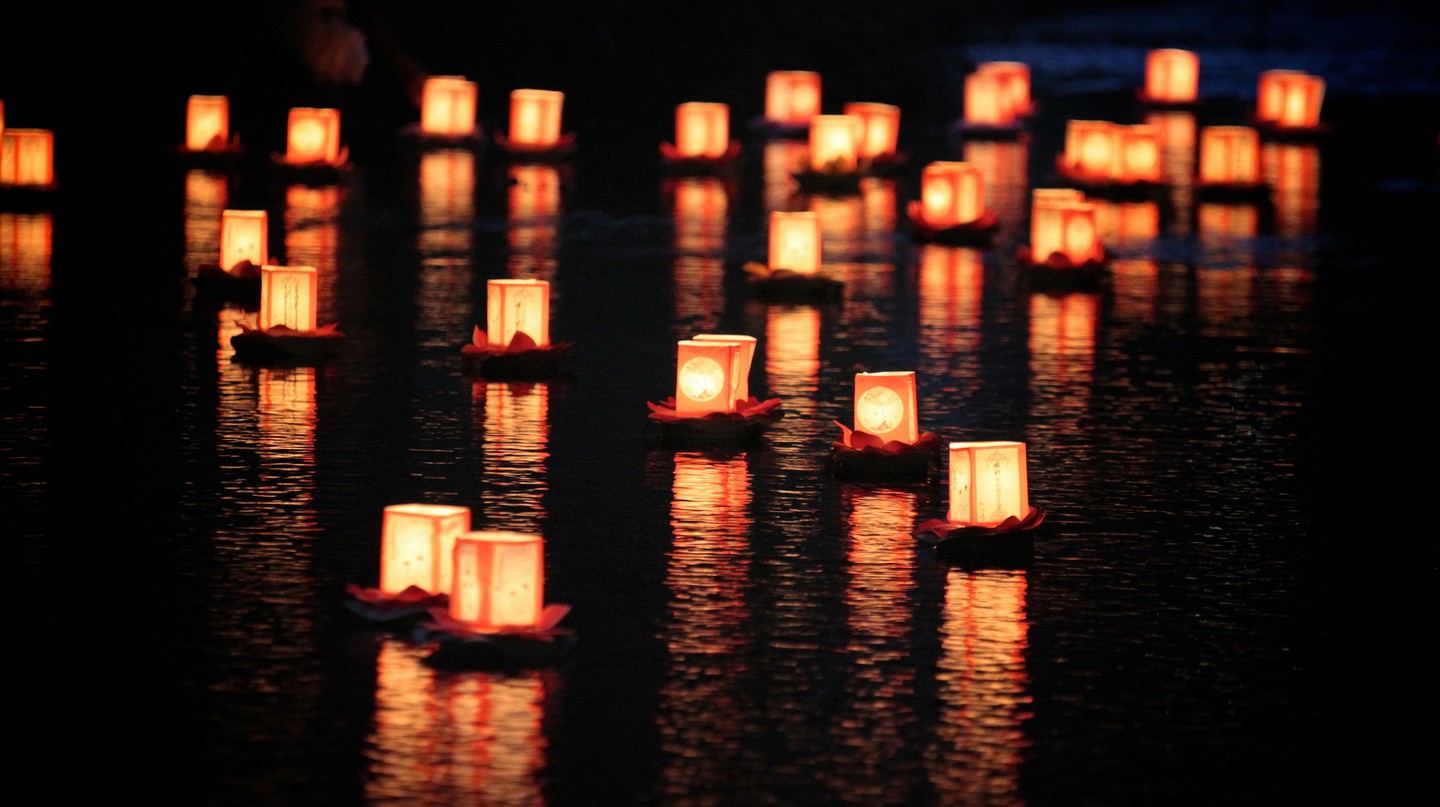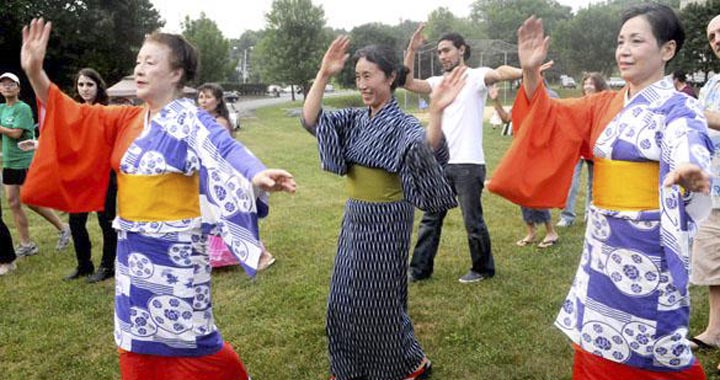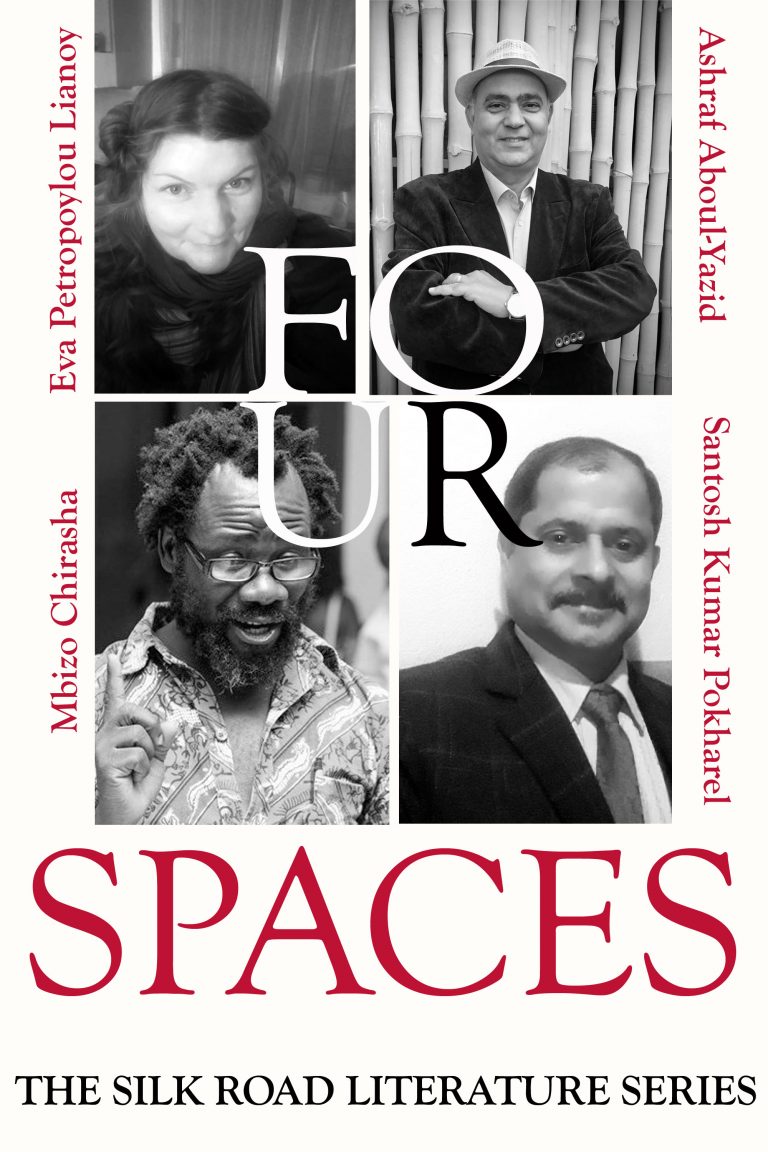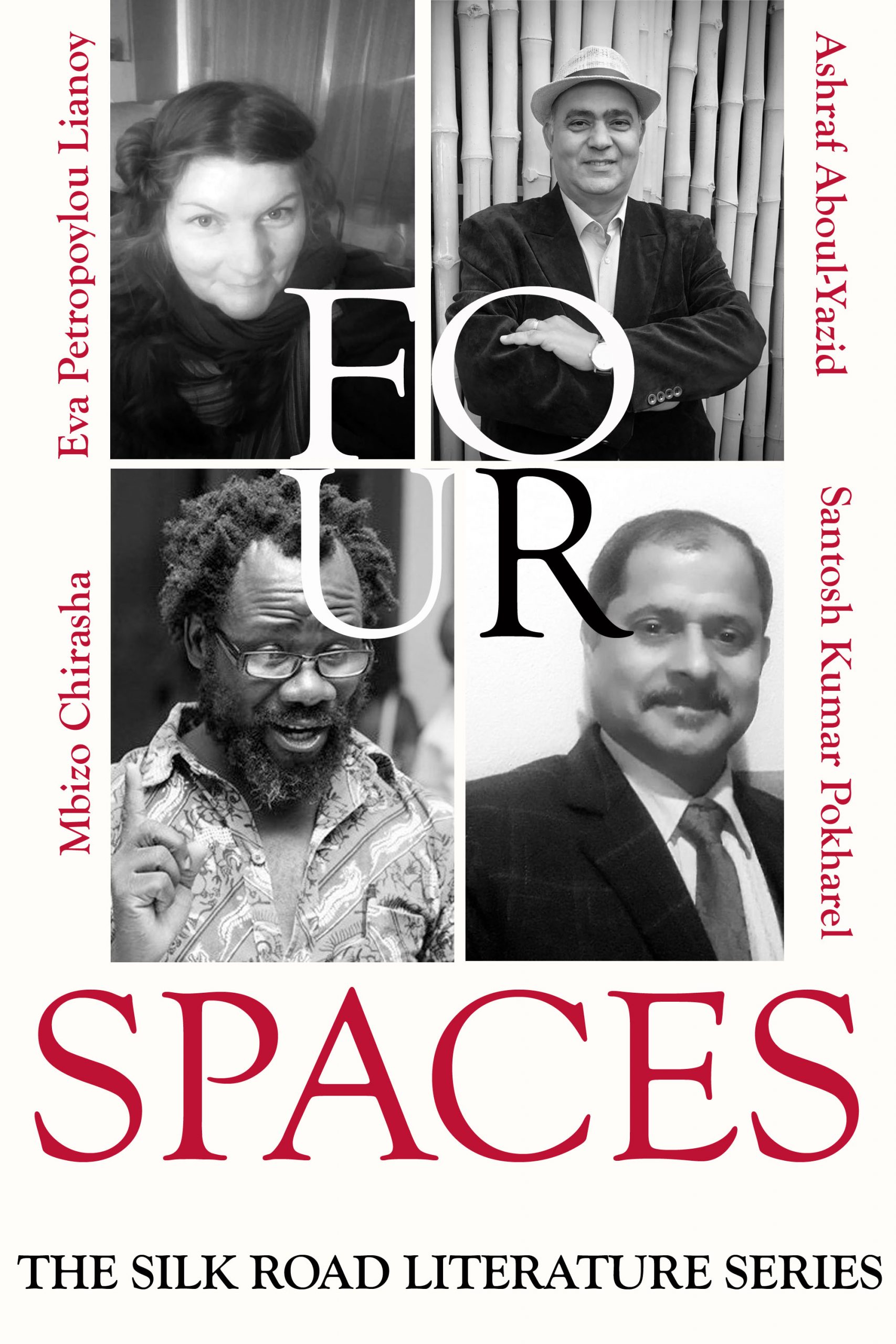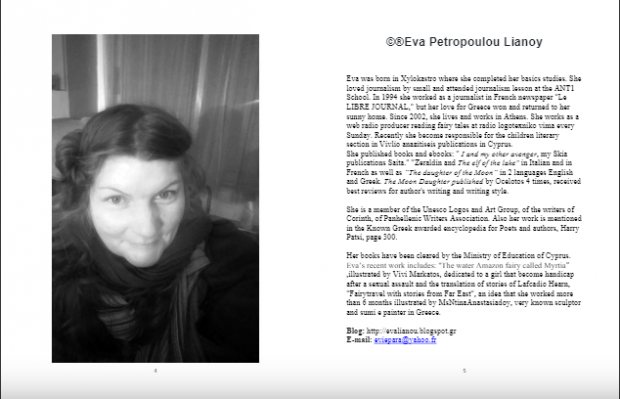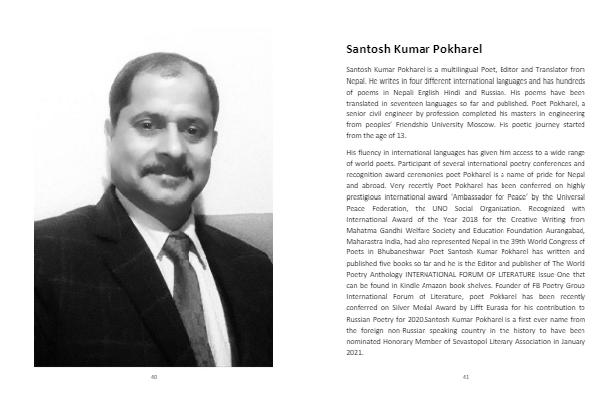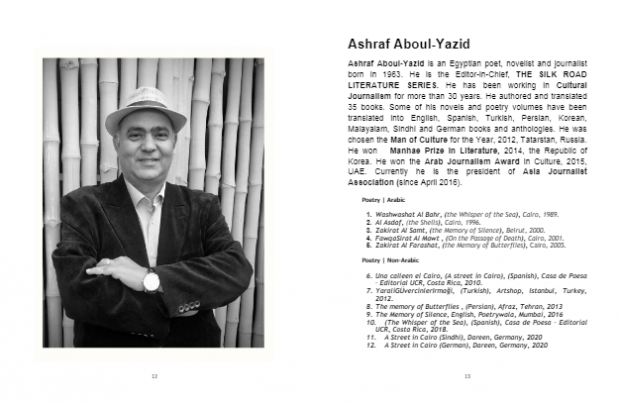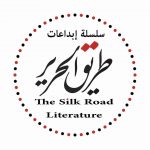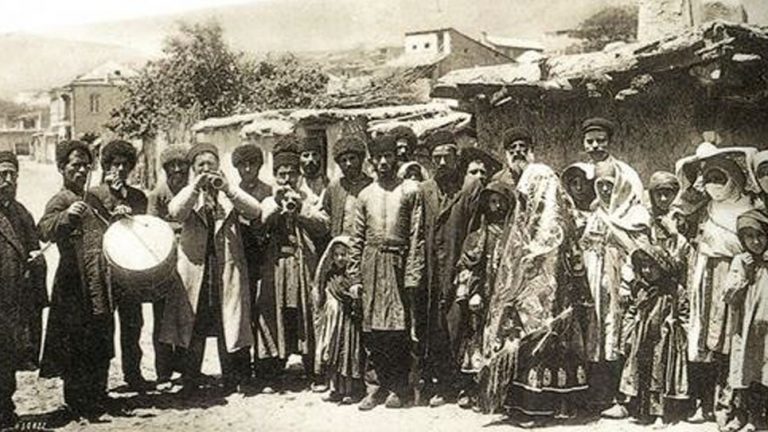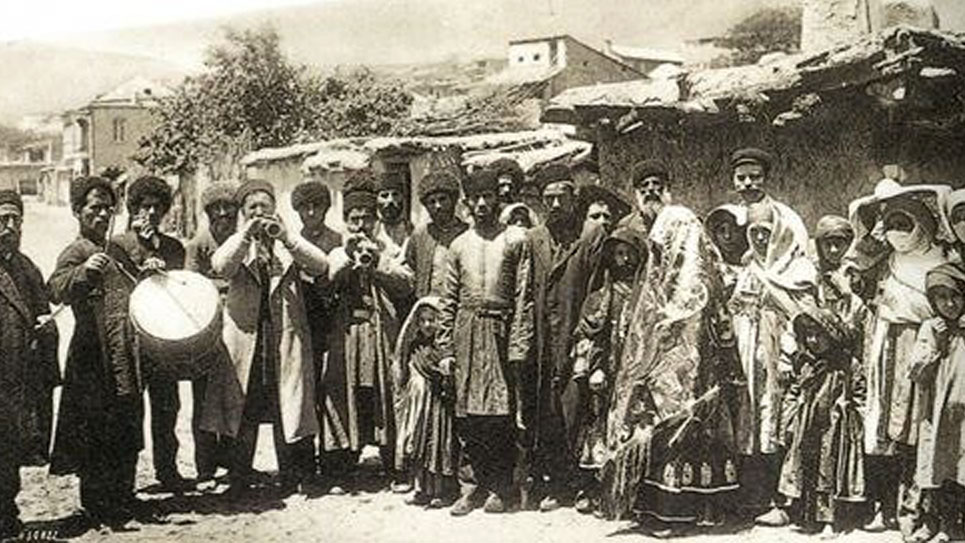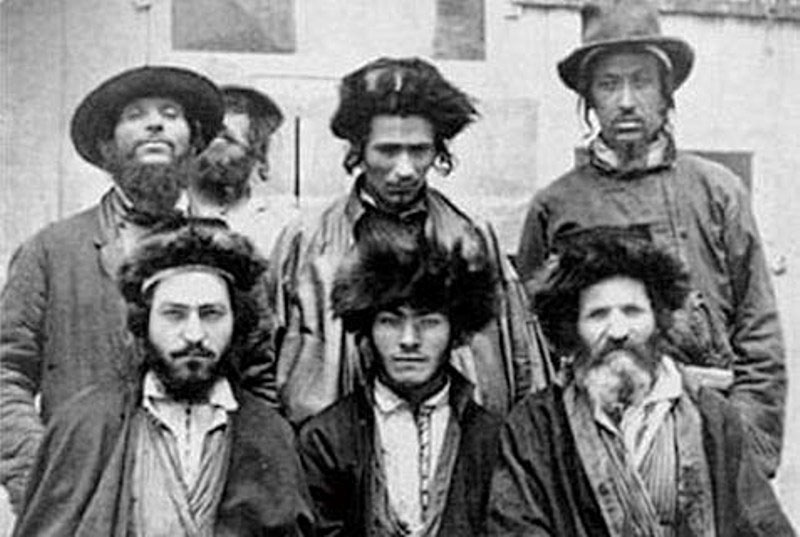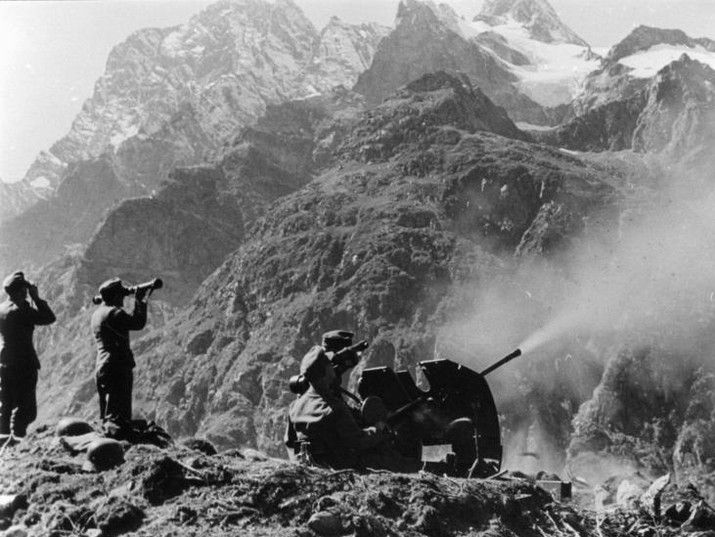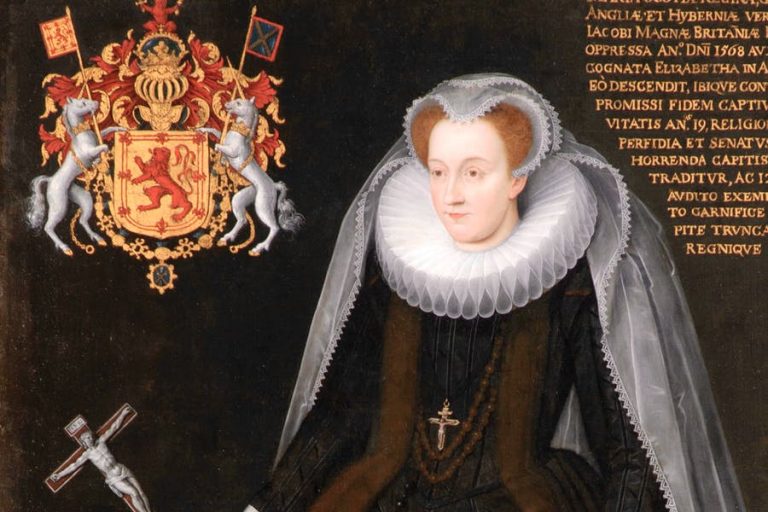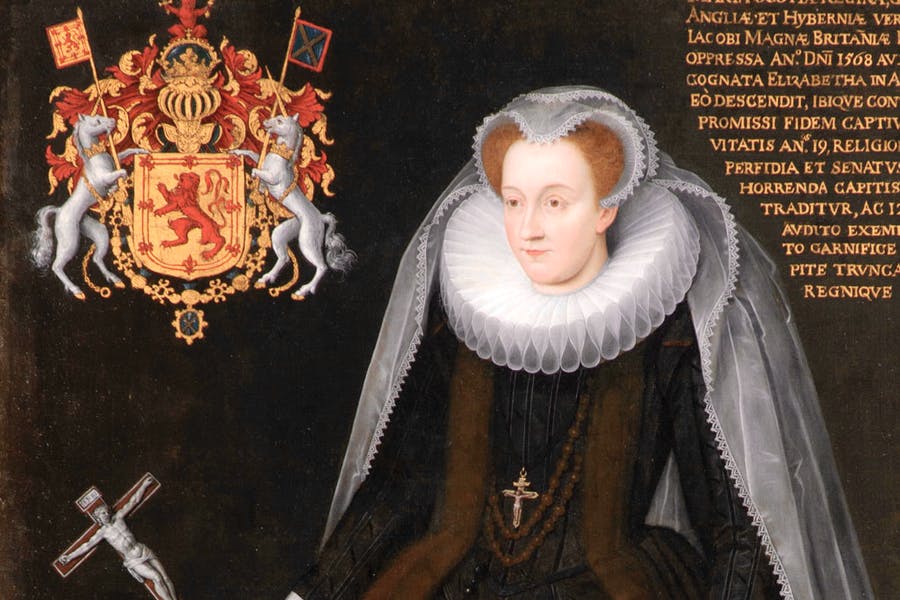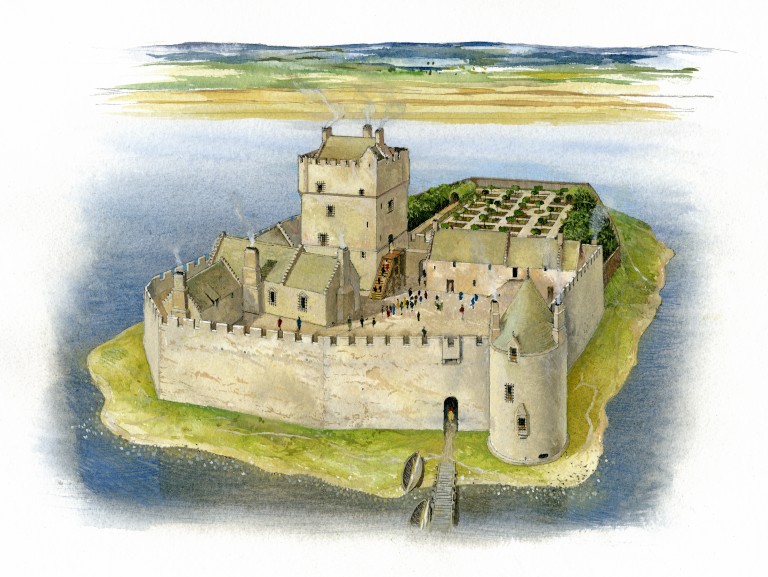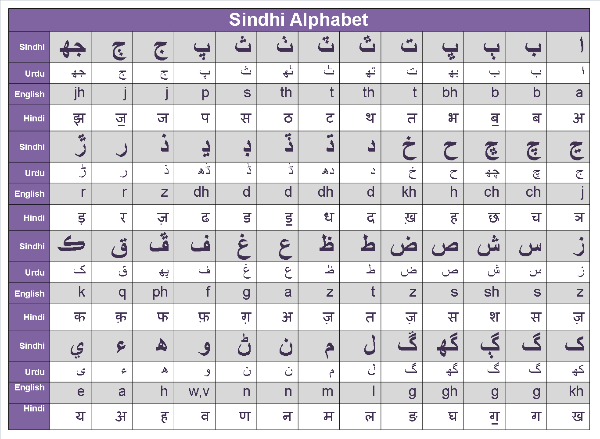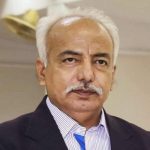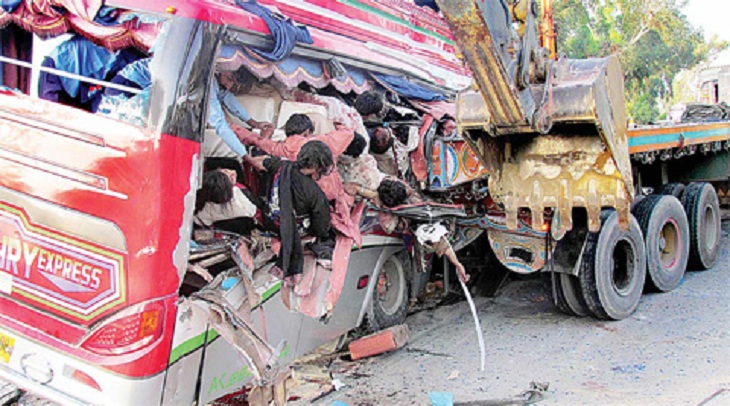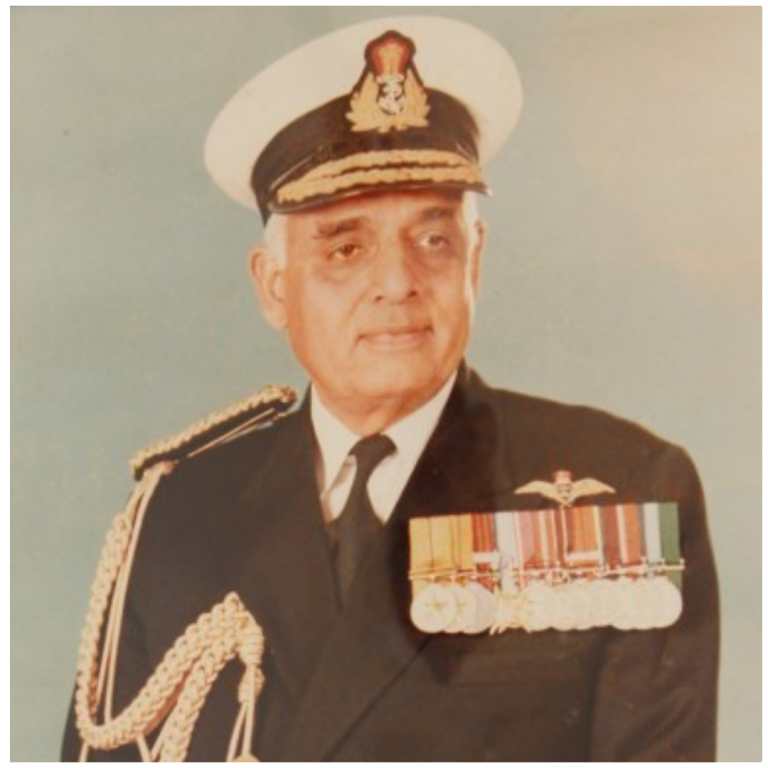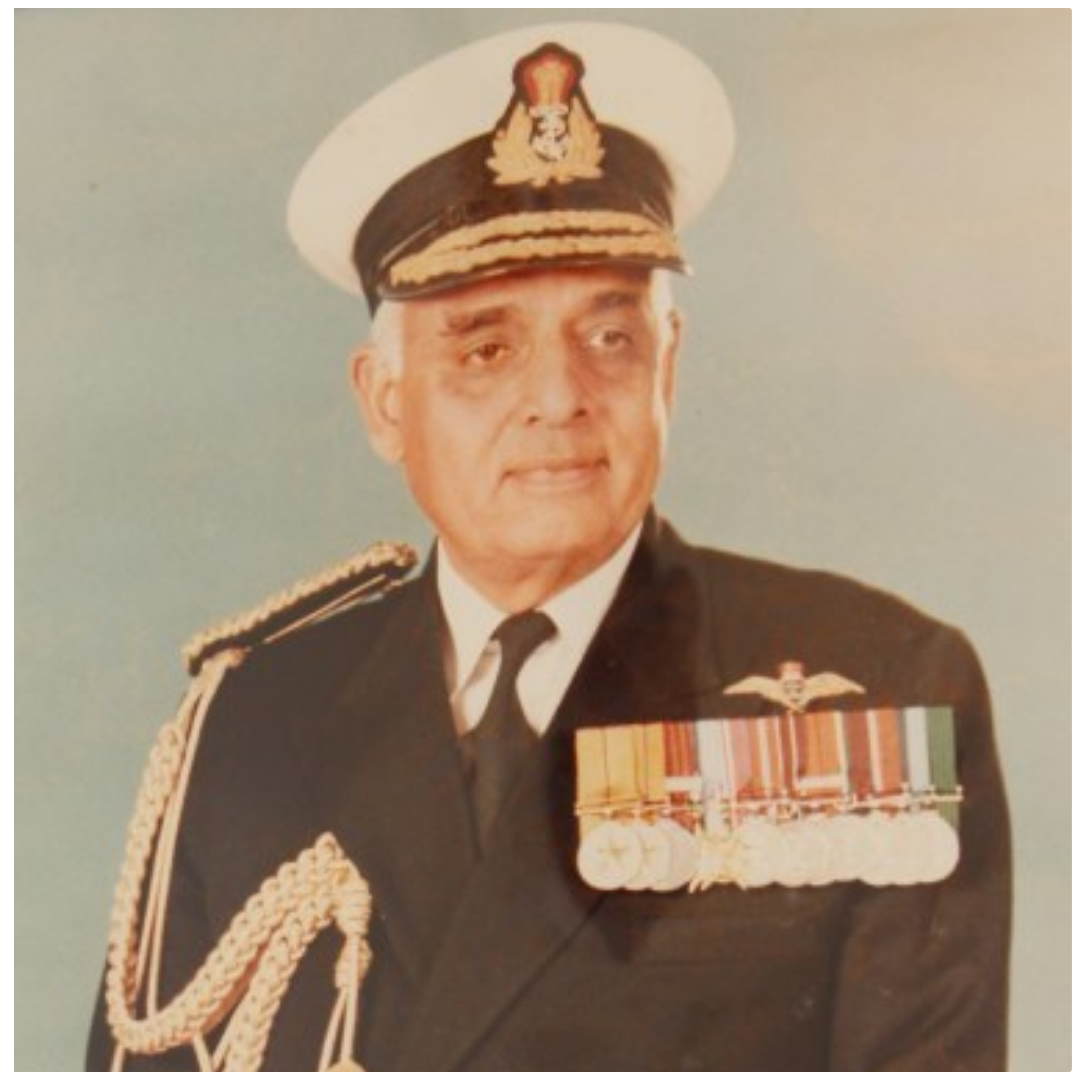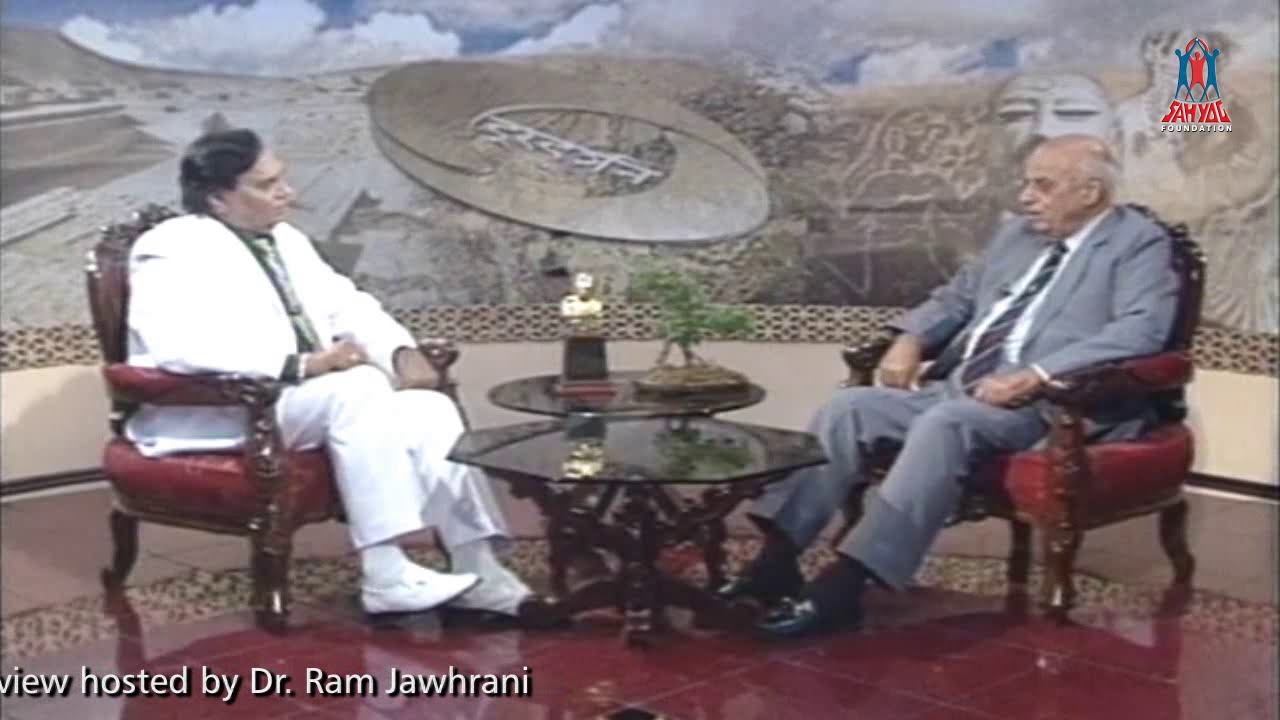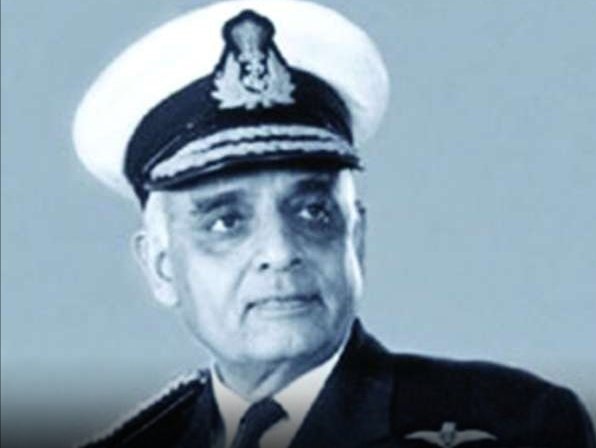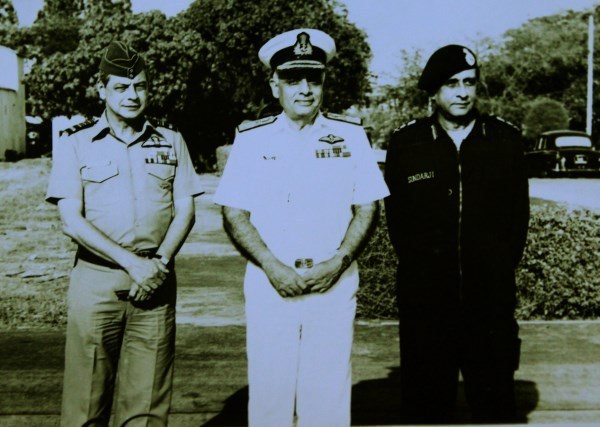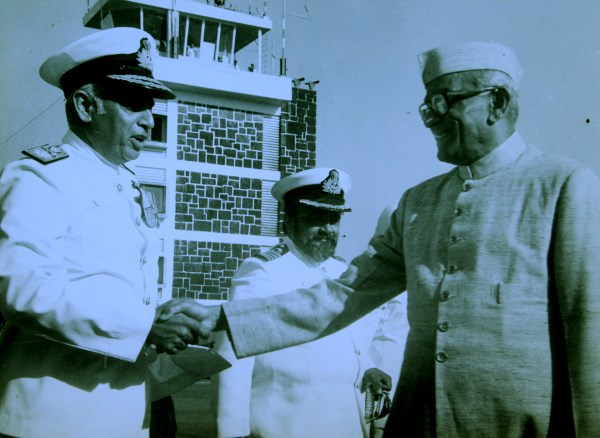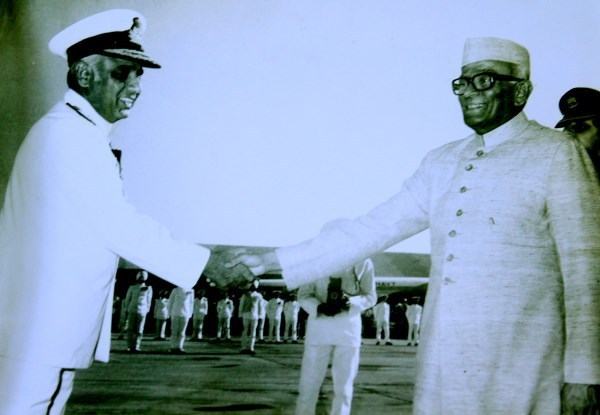 In life, love for one another is much like a dam: if you allow a tiny crack to fall through which only a trickle of water can pass, the trickle will quickly bring down the whole structure, and soon no one will be able to control the force of the currents. This is exactly what happened in the Himalayas.
In life, love for one another is much like a dam: if you allow a tiny crack to fall through which only a trickle of water can pass, the trickle will quickly bring down the whole structure, and soon no one will be able to control the force of the currents. This is exactly what happened in the Himalayas.
By Nazarul Islam
A shocking report this morning, has confirmed the debilitating tragedy in the Himalayas. Dozens of people are missing and feared dead after a Himalayan glacier crashed into a dam and triggered a huge flood in northern India.
As the dam broke open, a deluge of water poured through a valley in the state of Uttarakhand. Villages have been evacuated, but officials warned more than 125 people may have been caught in the torrent.
The remoteness of where this tragedy happened means no-one has a definitive answer, so far. Experts say one possibility is that massive ice blocks broke off the glacier due to a temperature rise, releasing a huge amount of water.
And that could have caused avalanches bringing down rocks and mud.
At 3,500 meters above sea level, Himalayan glaciers melt to create Ganga and Yamuna, rivers that support over 600 million Indians. This ecologically sensitive region in the state of Uttarakhand is now the site of a massive 900-km highway-building project called the Char Dham Pariyojana.
The project seeks to improve road connectivity to four Hindu pilgrimage sites, Gangotri and Yamunotri, near the source of the rivers, and the temple towns of Badrinath and Kedarnath. In 2013, a cloudburst above Kedarnath had caused flash floods in the region which killed over 5,000 people.
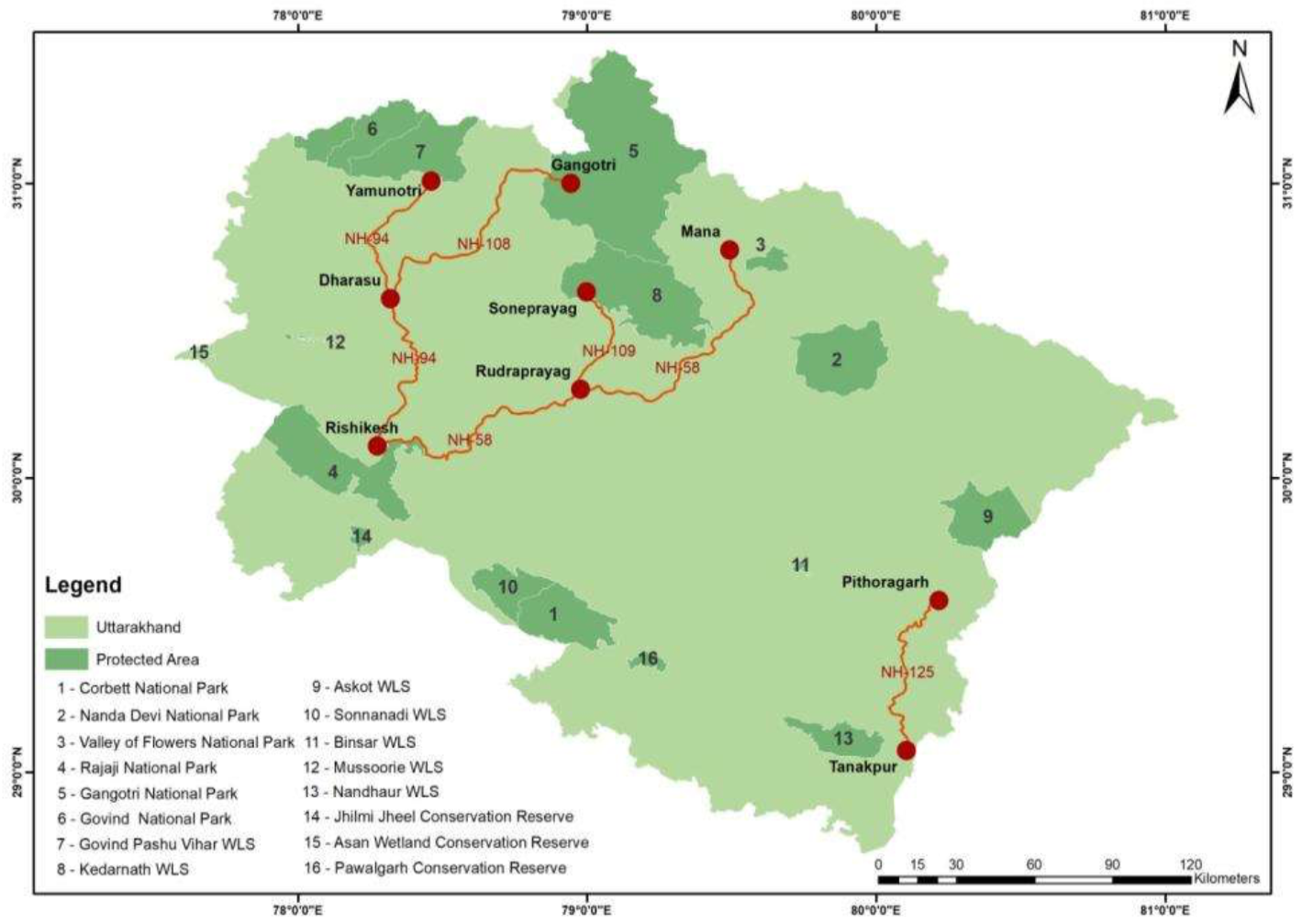 When Prime Minister Narendra Modi laid the foundation for the Char Dham Pariyojana in December 2016, he had dedicated it to the flood victims ignoring the consensus among environmentalists that over-construction in the hills had exacerbated the 2013 tragedy.
When Prime Minister Narendra Modi laid the foundation for the Char Dham Pariyojana in December 2016, he had dedicated it to the flood victims ignoring the consensus among environmentalists that over-construction in the hills had exacerbated the 2013 tragedy.
The environmental groups opposing the project have won a significant victory in the Supreme Court. Based on the recommendation of a high-powered committee appointed in 2019, the court passed an order favoring a narrow width for the highways that are being built as part of the project.
But the order had come after substantial damage had already been done to the Himalayan ecology. As the committee’s report painstakingly documents, nearly 700 hectares of forest land have already been lost to the project, 47,043 trees felled, and the natural drainage of streams and springs blocked by muck dumping. With the hills being cut vertically, oftentimes without forest clearances, 11 landslides have occurred in just four months of 2020, causing deaths and injuries.
While the Supreme Court’s order could help reduce further damage, say environmentalists, it is silent on the illegality at the heart of the Char Dham project – 900 km of highways are being built in one of India’s most fragile and important ecosystems without a study measuring the environmental impact.
In possibly the first statement released on the Char Dham project, the Modi government had said in December 2016 that its aim was “developing 900 km of national highways” at the cost of Rs.12000 crores. Ordinarily, a highway project on this scale would require a full-scale environmental impact assessment under India’s laws. This would be presented to the environment ministry, which would decide whether the project should be given an environmental clearance, without which the project cannot be implemented.
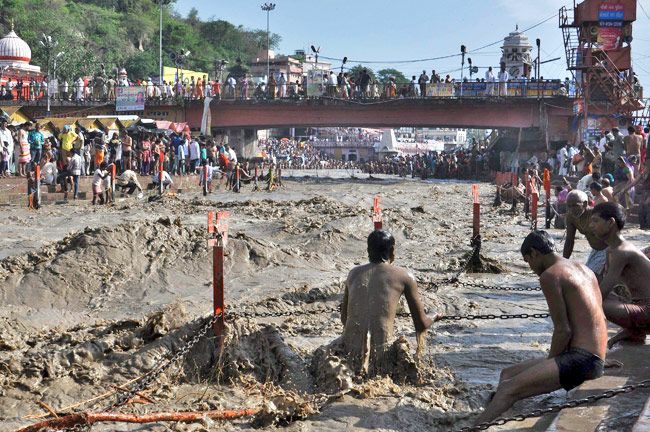 But the Modi government found a way to avoid an environmental scrutiny of the Char Dham project: the Ministry of Road Transport and Highways claimed the 889-km long project was made of “53 civil works”, each less than 100 km in length, separated by 16 bypasses. Since 2013, highway expansion projects of less than 100 km in India have been exempt from an environmental impact assessment.
But the Modi government found a way to avoid an environmental scrutiny of the Char Dham project: the Ministry of Road Transport and Highways claimed the 889-km long project was made of “53 civil works”, each less than 100 km in length, separated by 16 bypasses. Since 2013, highway expansion projects of less than 100 km in India have been exempt from an environmental impact assessment.
In 2018, an environmental non-profit organization in Uttarakhand, Citizens for Green Doon, filed a petition in the National Green Tribunal, a special court for environmental cases, challenging the loophole utilized by the road ministry. The tribunal set up an oversight committee headed by a former High Court judge. But the non-profit decided to appeal in the Supreme Court, which modified the tribunal’s order and directed the environment ministry to form a high-powered committee in August 2019.
The committee was tasked with carrying out an independent review of the impact of the Char Dham project and suggesting measures to minimize environmental damage in the Himalayan region. The Supreme Court also asked the committee to prepare the terms of reference – or the framework – for an environmental impact assessment of the project.
This was a tacit acknowledgement that the road ministry had lied about the nature of the project, to bypass environmental scrutiny.
“In reality, it has always been one continuous project,” said Ravi Chopra, director of the People’s Science Institute in Uttarakhand, who was appointed as the chairperson of the high-powered committee formed on the orders of the Supreme Court.
 Speaking to Scroll.in on Tuesday, hours after the Supreme Court stamped its approval on his recommendation for narrowing down the width of the highways, he said bluntly about the government: “By not having an EIA, they have done incalculable harm.”
Speaking to Scroll.in on Tuesday, hours after the Supreme Court stamped its approval on his recommendation for narrowing down the width of the highways, he said bluntly about the government: “By not having an EIA, they have done incalculable harm.”
The high-powered committee did not produce a consensus view on the road width.
Barring Chopra and a handful of independent experts, the 26-member committee was dominated by those working for the government: eight district magistrates, the Uttarakhand forest and environment secretary, officials from the Union environment and defence ministries, and scientists working in government-run institutions.
On July 14, before Chopra could submit the committee’s final report to the environment ministry, other members, most of whom were government officials, sent a report, which they claimed reflected the majority view.
Two days later, Chopra sent a letter to the environment ministry alleging that the majority report had been sent without his knowledge. He alleged that the “subterfuge” was presumably conducted by the committee’s member secretary, who was also the forest and environment secretary of Uttarakhand, a state ruled by the Bharatiya Janata Party, which is also in power at the Centre. “You can imagine my absolute shock and amazement on hearing this and figuring out this miserable conspiracy,” Chopra wrote in the letter which accompanied his version of the final report.
Harbans Singh Chugh, the member secretary of the committee till July, declined to respond to Scroll.in’s queries on the matter. Singh said: “Everything is left available in records.”
Strikingly, both the reports – the majority report and the one sent by Chopra – contain identical findings, which paint an alarming picture of the impact of the Char Dham project in a region that the committee describes as “geographically fragile” and “seismically active”. But there is one substantial difference.
 While the report submitted by Chopra recommends that the width of the highways built as part of the project be limited to 5.5 meters, the majority report recommends a width of 12 meters – or double lane with paved shoulders, known as DL+PS in engineering parlance.
While the report submitted by Chopra recommends that the width of the highways built as part of the project be limited to 5.5 meters, the majority report recommends a width of 12 meters – or double lane with paved shoulders, known as DL+PS in engineering parlance.
This design standard was outlined in a circular issued in 2012 by the roads ministry, which was shared with the committee. Based on this circular, in June, 14 members of the committee voted in favor of building 12 meter-wide highways, while two members voted in favor of 5.5 meters, one member abstained from voting and the chairman declined to express his views, both reports state.
However, two days after the voting was done, an amended version of this circular surfaced. Issued in 2018, the circular states the width of hill roads should be 5.5 meters with a two-lane structure.
When the committee asked the chief engineer in the road ministry’s regional office to explain why the 2018 circular was not brought to its notice, he cited three reasons for why the amended circular would not apply to the Char Dham Pariyojana.
For one, he claimed a “conscious decision” was taken after the 2013 floods to widen all the connecting routes to the Char Dham to ensure “prompt relief and evacuation” during disasters in the future. Two, the Char Dham projects had been sanctioned before the 2012 circular was amended in 2018. Three, the routes were highways leading to international borders “which are very important from [a] strategic point of view, which requires uninterrupted and speedy movement of defence equipment and supplies”.
Another round of voting took place on the issue of road width, with 13 committee members still sticking to the 12-metres recommendation.
But Chopra maintained this design would not be suitable for a hilly terrain because it “results in cutting deep into the hill slopes, resulting in extensive loss of green cover, slope failures and landslides”.
“Elimination and reduction of such extensive damage is the most urgent and pressing need in this sensitive Himalayan region,” he wrote in a preface to the report. “Mitigation after the fact will not do. Hence some of us suggested that a reduced road width that would serve the anticipated traffic flow and yet significantly prevent future damage was the only judicious solution.”
Given the split within the committee, he wrote that the matter of the road width should be left to the Supreme Court. Until then, he suggested that any action based on the majority “may be held in abeyance”.
On Tuesday, the Supreme Court validated Chopra’s recommendation and ruled that the 2018 circular alone would apply.
In court, Solicitor General Tushar Mehta arguing on behalf of the Central government called the 2018 circular “prospective in nature”. However, the Supreme Court dismissed his argument. “Having taken stock of the current situation and of the fragility generally of the eco system in mountain terrain, we are of the view that this argument has no legs to stand on,” the court said in its order.
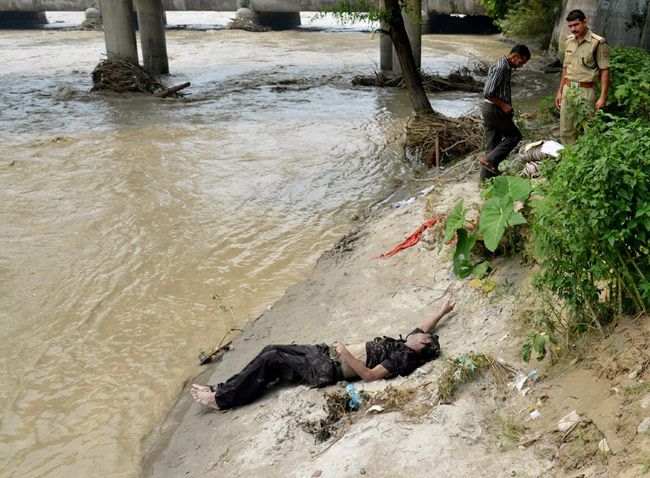 Speaking to the media, after the order was pronounced, Chopra said the majority of the committee voting in favor of a wider road simply reflected the fact that they worked for the government. “For example, the district magistrates, they are just told how they are going to vote,” he said. “Even the scientists and experts who came to us from institutions primarily funded by the government, even they did not take an independent stand. They just followed the government decision.”
Speaking to the media, after the order was pronounced, Chopra said the majority of the committee voting in favor of a wider road simply reflected the fact that they worked for the government. “For example, the district magistrates, they are just told how they are going to vote,” he said. “Even the scientists and experts who came to us from institutions primarily funded by the government, even they did not take an independent stand. They just followed the government decision.”
Explaining why the road width was crucial, he said: “If you have a road that is narrow then you have to cut less of a mountain…Secondly, with narrow roads, you can also try some valley-side filling.”
A tarred road surface of 5.5 meters would still require space for a drain on the hillside and a crash barrier on the valley side, he said. The formation width – or the scale of the cut that needs to be made – would be at least 7 meters.
In the 12-metre width design, he said: “You cut much more because on the mountain side you will have to put up a protection wall…The greater the formation width, the greater the width of the protection wall base, the higher will be the slope cut….And the more you cut, the more muck you generate. And you have to find a place to put that which is usually forest land.”
But JC Kuniyal, a scientist at GB Pant National Institute of Himalayan Environment, among the majority of members who voted in favor of widening the roads, argued that the future needs of the region also needed to be taken into account.
“We have to plan for the next 40 to 50 years,” he said. “Pilgrims are increasing, population is increasing, the demand is high and the road congestion will also go up. A wider road will reduce emissions and the travel time of tourists and the traffic congestion.”
Responding to the criticism that the majority report reflected the views of the government, Kuniyal said it was unfair. “I am from an autonomous institution. I am a scientist,” he said. “It is wrong to say that I am from the government.”
“If we want development then we have to bear some damage,” he added. “People have to adapt.”
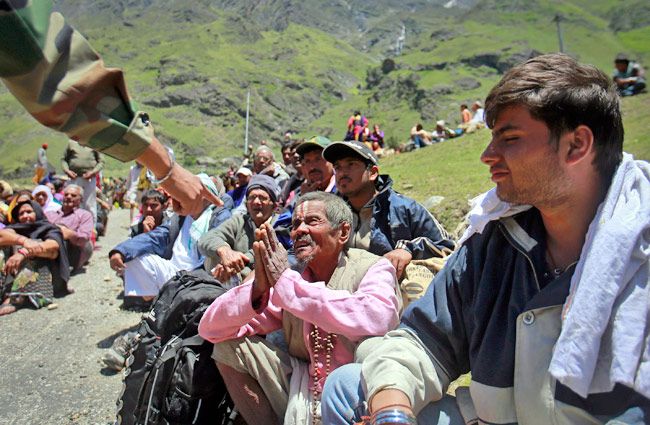 Another scientist from the majority group alleged that the committee did not have serious discussions on the matter. “It was discussed only in the last meeting when voting had taken place and the chairman had not disclosed his view…and then all of a sudden we read his view in the letter [dated July 16] that he wanted to leave it to the Supreme Court to decide,” said Vikram Gupta, a scientist at Wadia Institute of Himalayan Geology in Uttarakhand.
Another scientist from the majority group alleged that the committee did not have serious discussions on the matter. “It was discussed only in the last meeting when voting had taken place and the chairman had not disclosed his view…and then all of a sudden we read his view in the letter [dated July 16] that he wanted to leave it to the Supreme Court to decide,” said Vikram Gupta, a scientist at Wadia Institute of Himalayan Geology in Uttarakhand.
“We said that if we want to change the road width then let us invite chief engineers from the road ministry,” Gupta added.
Responding to these criticisms, Chopra asked: “What is your priority? Is your priority saving a fragile ecological region? Or is it that you want to make money?”
All the four Char Dham shrines are within a radius of 50 km, he pointed. “The last 30 km to 40 km of these roads are very narrow valleys,” he said. “What happens in one valley influences what happens in the other valleys. There are cumulative impacts.”
Wider roads would lead to more vehicular traffic, he said. “The more people you take by motor vehicles, the more carbon dioxide you will generate.”
“We calculated that during the 60-day peak period, every day the Badrinath route adds half a microgram of carbon dioxide, which comes up to 30 micrograms per cubic meter for that two-month period,” he explained. “The average worldwide carbon dioxide concentration today is about 400 microgram per cubic meter. In two months, we have increased that by 7.5%. This is a very concentrated amount of carbon dioxide generation. Should we accept this?
 Chopra’s grim assessment is expressed in both the reports, which say carbon added to the atmosphere because of construction activity and higher number of road vehicles once the Char Dham project is complete, could potentially lead to “regional climate warming” around the 50 km radius where the shrines are located.
Chopra’s grim assessment is expressed in both the reports, which say carbon added to the atmosphere because of construction activity and higher number of road vehicles once the Char Dham project is complete, could potentially lead to “regional climate warming” around the 50 km radius where the shrines are located.
Barring the divergence on the question of the road width, both the reports, in fact, contain identical findings on the impact of the project.
The reports note that the Char Dham Pariyojana “has been undertaken almost solely as an engineering exercise with little concern for the loss of green cover or impacts on social life.”
Roads were being widened mostly by cutting hillsides, even when space was available for expansion on the valley side. Heavy earth excavators were being used instead of less destructive equipment which could minimize the environmental damage. “The Pariyojana authorities have adopted a high risk approach to road widening,” the reports state.
The freshly cut hill slopes had been neglected and slope protection measures were missing. At least 40 slope failures or landslides had been recorded, causing deaths and injuries to road users and laborers. “This neglect indicates that the project authorities are more worried about meeting the project schedule than people’s lives,” the reports state.
Both remote sensing imagery and field visits showed “muck has been deposited at unauthorized locations, including forests”. This had blocked the natural drainage of streams and springs and “severely degraded riverine vegetation that cannot be regenerated at any other type of habitats”.
Nearly 700 hectares of forest land has been diverted for 30 projects, with 47,043 trees felled, and another 8,888 trees facing the axe. The reports add that the roads ministry had an “insufficient understanding” of multiple forests and viewed them “just as trees”.
The routes for the Char Dham project lie in close proximity to ecologically sensitive zones like the Rajaji National Park, Valley of Flowers, Kedarnath Wildlife Sanctuary and Govind National Park, the reports point out. The felling of trees was leading to a loss of habitat, which would force animals into invading human settlements, endangering human safety and farm productivity.
The impact of the project could be felt by residents in the region as well, said Himanshu Arora of Citizens for Green Doon, the original petitioners in the case. “There are regular accidents here, boulders are falling…it is in front of everyone,” Arora said. “We are giving an invitation to 2013 again,” he said, referring to the flash floods in the state that year.
While the Char Dham Pariyojana had evaded an environmental impact assessment, each of the individual projects that were part of it still needed to apply for clearances under the Forest Conservation Act.
On August 13, Chopra sent a detailed note to the environment ministry flagging how project proponents had flouted these forest and wildlife laws.
The committee found work had started at four projects that fall under eco-sensitive zones. While applying for a forest clearance, the project proponents had incorrectly answered “No” to a question about whether the project fell under an eco-sensitive zone. One of the projects also dodged obtaining a clearance from the National Wildlife Board.
Further, work continued on five projects even after their Stage-I forest clearance had expired. Under the Forest Conservation Act, Stage-I clearance is granted for one year and can only be extended after the state government sends a progress report to the Centre. The committee found that the progress report of many of these projects was still awaited.
Tree felling for these five projects took place even before any orders were issued by the divisional forest officer. “The entire construction work in the above mentioned projects including cutting of thousands of trees therefore, started illegally,” the note states.
Pointing out that these projects were allowed to bypass procedures, the note cites a letter sent by state forest department officials to the project authorities in February 2018: “Since Chardham project is related to the ambitious plan of Hon’ble PM…considering the importance of project, tree felling in above listed 1-6 matters is completed without having any compliance report.
Though, without complying of in-principle approval such act is in fact is in clear violation of the conditions of Govt. of India.”
The note also points out that two other projects were started on the basis of old forest clearances granted to Border Roads Organization between 2002 and 2012, “even though the nature of the works was quite different”.
Three projects did not have fresh forest clearances. When the committee visited the sites in October 2019, work had not started on these projects. The committee made recommendations to the roads ministry against starting work at these sites, but subsequently found that the project proponents had gone ahead with tree felling and hill cutting, despite not having forest clearances.
“This is a brazen violation, as if the Rule of Law does not exist,” the note states.
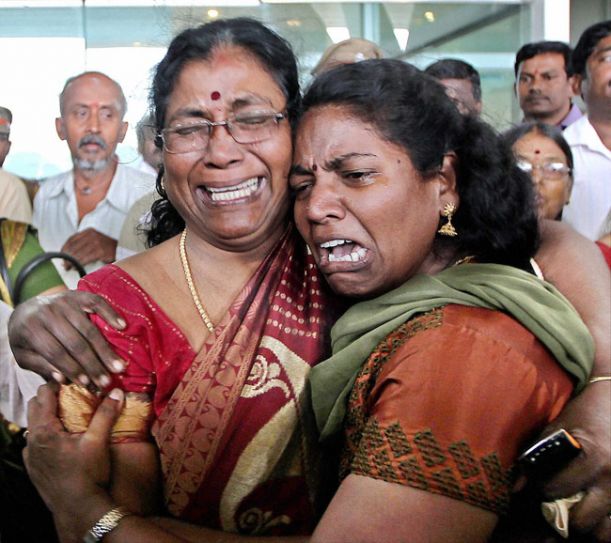 In an affidavit to the Supreme Court in April 2019, the road ministry had identified 19 projects where work was yet to begin. The court explicitly tasked the committee with reviewing such projects to “recommend measures which will minimize the adverse impact on environment, social life…” However, even before the committee could submit its recommendations, work began at these sites, the note points out.
In an affidavit to the Supreme Court in April 2019, the road ministry had identified 19 projects where work was yet to begin. The court explicitly tasked the committee with reviewing such projects to “recommend measures which will minimize the adverse impact on environment, social life…” However, even before the committee could submit its recommendations, work began at these sites, the note points out.
The main report itself extensively recounts one instance – the Kund bypass – where project officials reassured visiting committee members in October 2019 that “the forest would not be touched until the HPC gave clearance”.
“Surprisingly, during the second site visit, barely two months later in December 2019, the HPC members were shocked to see earthmoving machinery inside the Kund forest with significant damage already inflicted to the slopes, trees and other vegetation,” the report states.
The report also mentions that the committee repeatedly requested the road ministry official to “respect the spirit of the Supreme Court’s order” and avoid starting fresh work sites until the project’s environmental impact had been assessed. But these requests were ignored. “This willful non-compliance has caused disappointment and a feeling of helplessness among the HPC members in fulfilling their responsibility,” the report states.
Mallika Bhanot of the Ganga Avhaan, a non-profit organization working to protect the river Ganga, pointed out that the Uttarakhand government was equally responsible for allowing the work to continue despite the violations. “The state government is equally culpable and hands in glove with the roads ministry,” Bhanot said.
Chopra said: “Now that the court has shown its own firmness, we will be a lot more firm in dealing with the violations.
The Supreme Court’s verdict has been welcomed by environmental groups. “The lies had begun by dividing this project into 53 parts,” said Himanshu Arora of Citizens for Green Doon, the petitioner in the case. “Truth has triumphed and the court has caught this. The court has also accepted that there is no need for such a wide road.”
But questions still remain about the legality of the Char Dham project. In the past, the courts have often struck down projects that have proceeded without an environmental impact assessment. However, the Supreme Court has chosen to stay silent on this aspect while adjudicating on the Char Dham Pariyojana.
Even the high-powered committee avoided direct comment on the way the roads ministry had evaded the environmental clearance process, barring a fleeting counter to the ministry’s argument that an EIA was not required since “individual project-stretches are all less than 100 km in length”.
“In this geologically unstable and ecologically fragile Himalayan region, length of the road should not have been the criteria because ecological variability is altitudinally governed,” the committee said.
It added that “such projects are required to conduct a pre-feasibility study in the context of ecological security, the carrying capacity of the Char Dham valleys, disaster management planning and a decentralized pilgrim/tourism plan to avoid ecological overburdening and therefore minimizing the susceptibility of the area to landslides and other disasters.”
One of the tasks entrusted to the committee by the Supreme Court was preparing the terms of reference – or framework – for a rapid environmental impact assessment of the Char Dham project. The committee sent the terms of reference to the roads ministry in October 2019. But almost one year later, the road ministry is yet to submit the EIA report.
Chopra said: “It is only in June that [the ministry] awarded the contract [for the EIA] and like any other contract the contractor is not going to deliver it in four months. He is going to take six months or eight months, who knows.”
“So practically the [EIA] becomes useless now,” he concluded. Or, is that so….
In life, love for one another is much like a dam: if you allow a tiny crack to fall through which only a trickle of water can pass, the trickle will quickly bring down the whole structure, and soon no one will be able to control the force of the currents. This is exactly what happened in the Himalayas.
______________________
About the Author
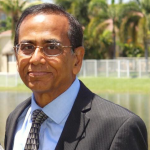 The Bengal-born writer is a senior educationist based in USA. He writes for Sindh Courier, and the newspapers of Bangladesh, India and America.
The Bengal-born writer is a senior educationist based in USA. He writes for Sindh Courier, and the newspapers of Bangladesh, India and America.
 At Lahore airport on 23 February 1974, when Zulfikar Ali Bhutto introduced his new army chief Tikka Khan to Bangladesh’s leader Sheikh Mujib, General Tikka Khan saluted the man he had taken prisoner in the early hours of 26 March 1971
At Lahore airport on 23 February 1974, when Zulfikar Ali Bhutto introduced his new army chief Tikka Khan to Bangladesh’s leader Sheikh Mujib, General Tikka Khan saluted the man he had taken prisoner in the early hours of 26 March 1971